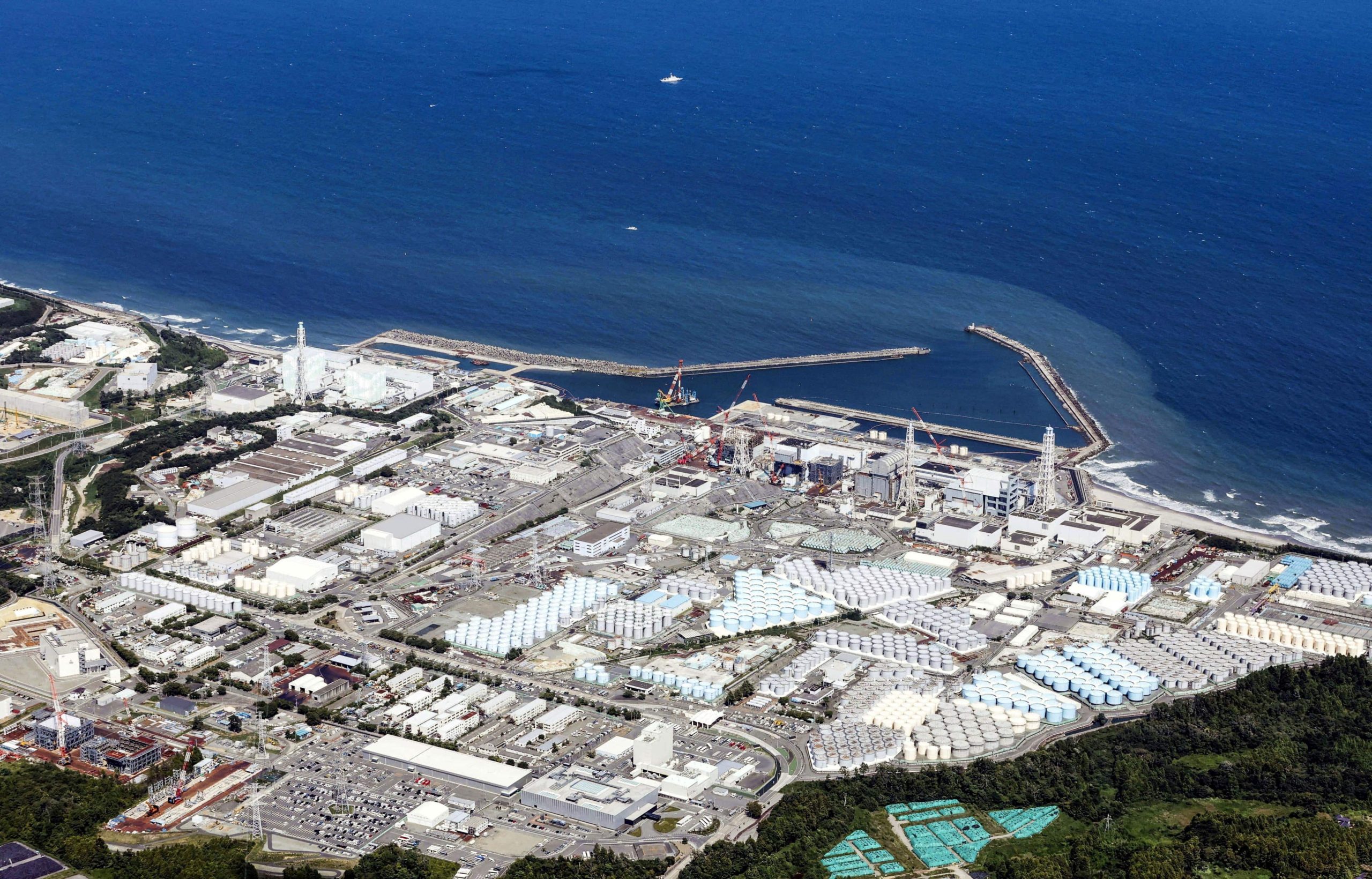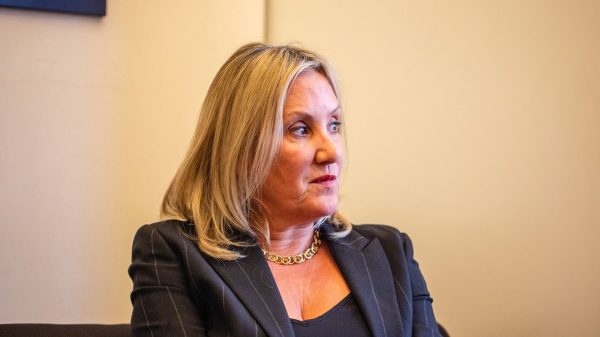Concerns Over Fukushima Daiichi Nuclear Plant Wastewater Discharge
Fishing groups and nearby countries, especially China, have raised objections to the water releases from the Fukushima Daiichi nuclear power plant.
Japan’s Efforts to Address Concerns
Japan announced that specialists have been in discussions with Chinese officials to address Beijing’s worries regarding the release of treated radioactive wastewater from the damaged Fukushima Daiichi nuclear power plant into the ocean.
Impact on Japanese Seafood Industry
China’s response, which included halting imports of Japanese seafood, has had a significant impact on Japanese scallop producers and exporters who heavily rely on the Chinese market.
Background: Fukushima Disaster and Wastewater Accumulation
Following the 2011 earthquake and tsunami, the Fukushima Daiichi nuclear plant experienced damage, leading to meltdowns in three reactors and the accumulation of radioactive wastewater on-site.
Initiation of Wastewater Discharge
After more than a decade of storing wastewater in tanks, the plant began discharging treated wastewater into the ocean on August 24, 2023. The process involves treating the water and diluting it with seawater, expected to continue for several decades.
Scientific Discussions and Transparency
During a summit meeting, Japanese and Chinese leaders agreed to scientific discussions by experts. Subsequent informal meetings have taken place, with a recent statement from the Japanese Foreign Ministry acknowledging these talks. Experts have focused on technical matters and transparency regarding the wastewater discharges.
Confirmation of Safe Discharges
Rafael Mariano Rafael, Chief of the International Atomic Energy Agency, visited the plant and confirmed the safe execution of the ongoing discharges as planned in mid-March.
















































